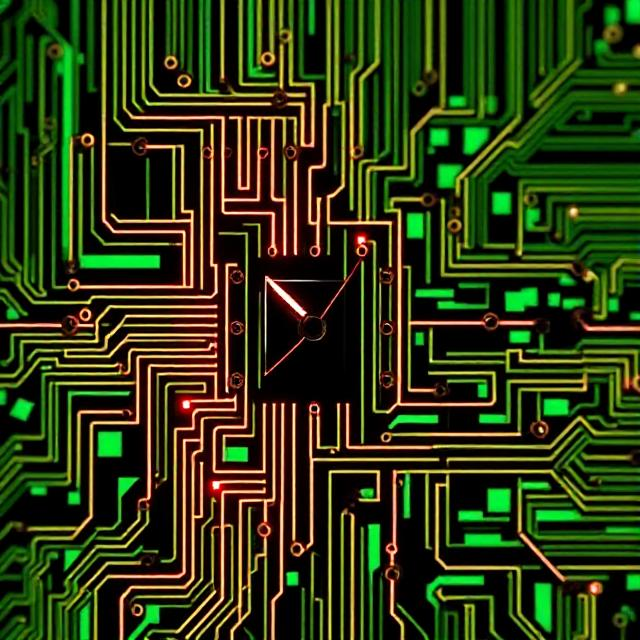Power in Alternating Current (AC) circuits refers to the rate at which electrical energy is consumed or transferred. Unlike Direct Current (DC) circuits, AC power is more complex because both voltage and current continuously change direction and magnitude, which often results in them being out of phase with one another. Understanding the different types of power in AC circuits is essential for analyzing how energy is used and transferred within the system.

Types of Power in AC Circuits
In AC circuits, three primary types of power are recognized:
-
Real Power (P): This is the power that performs useful work, such as lighting a bulb or running a motor.
-
Unit: Watts (W)
-
-
Reactive Power (Q): This power oscillates between the source and reactive components (such as inductors and capacitors). Although it doesn’t perform useful work, it is required to support the creation of electric and magnetic fields.
-
Unit: Volt-Ampere Reactive (VAR)
-
-
Apparent Power (S): This is the total power supplied by the source, which is a combination of both real and reactive power.
-
Unit: Volt-Ampere (VA)
-
Power Formulas and Concepts
In AC circuits, both voltage and current are represented as phasors (rotating vectors), and these vectors may have a phase difference, denoted as θ. This phase difference is key in determining how much power is real, reactive, or apparent.
-
Real Power (P)
The formula for real power is:Where:
-
V = RMS (Root Mean Square) voltage
-
I = RMS current
-
cos θ = Power factor (PF), which indicates how much of the power is being effectively used.
Real power is the actual power consumed by the circuit to perform work.
-
-
Reactive Power (Q)
The formula for reactive power is:Reactive power represents energy that is temporarily stored and released by inductors and capacitors. It doesn’t do any net work but is necessary for maintaining the oscillating current in the system. It is measured in Volt-Ampere Reactive (VAR).
-
Apparent Power (S)
The formula for apparent power is:Apparent power represents the total power supplied by the source, including both real and reactive power, and is measured in Volt-Amperes (VA).
Relationship Between Powers
The three types of power—real, reactive, and apparent—are often represented as a right triangle, called the power triangle, where:
-
S is the hypotenuse (apparent power)
-
P is the adjacent side (real power)
-
Q is the opposite side (reactive power)
Power Factor (PF)
The Power Factor (PF) measures the efficiency of power usage in an AC circuit. It is the ratio of real power to apparent power and is defined as:
The power factor ranges from 0 to 1:
-
PF = 1 indicates that voltage and current are perfectly in phase, representing the ideal scenario where all power is used effectively.
-
A low power factor signifies that a larger portion of the power is reactive, leading to inefficiency.
Why is Power Factor Important?
A low power factor can lead to several issues:
-
Higher current flow, which can cause increased energy losses in the system.
-
Overloading of electrical equipment, potentially causing damage.
-
Reduced overall system efficiency, increasing operating costs.
Improving the power factor can significantly reduce energy losses and operational costs.
How to Improve Power Factor?
Several methods can be applied to improve the power factor:
-
Add capacitors to offset the inductive effects of motors and other inductive loads.
-
Use synchronous condensers or dedicated power factor correction devices.
-
Ensure proper equipment selection to match the system’s requirements, thereby minimizing reactive power.
Real-Life Example
In industrial settings, large motors often create inductive loads that lower the power factor. To improve efficiency and reduce electricity costs, capacitors are added to correct the power factor, bringing it closer to 1.
Summary
| Power Type | Description |
|---|---|
| Real Power (P) | Power that performs useful work (e.g., running a motor) |
| Reactive Power (Q) | Power that doesn’t perform work but is needed for energy exchange |
| Apparent Power (S) | Total power supplied by the source (combines real and reactive power) |
| Power Factor (PF) | Efficiency of power usage (ratio of real power to apparent power) |
Summary:
-
Real Power performs the useful work in the circuit.
-
Reactive Power doesn’t do work but is necessary to maintain the current.
-
Apparent Power is the total power supplied to the circuit.
-
The Power Factor indicates how efficiently power is being used, and improving it can save energy and reduce costs.


